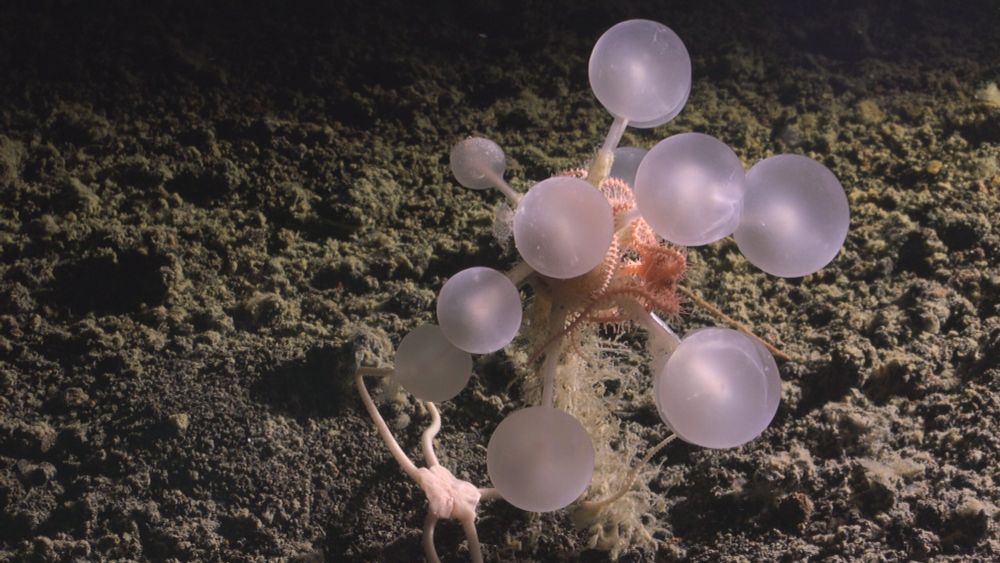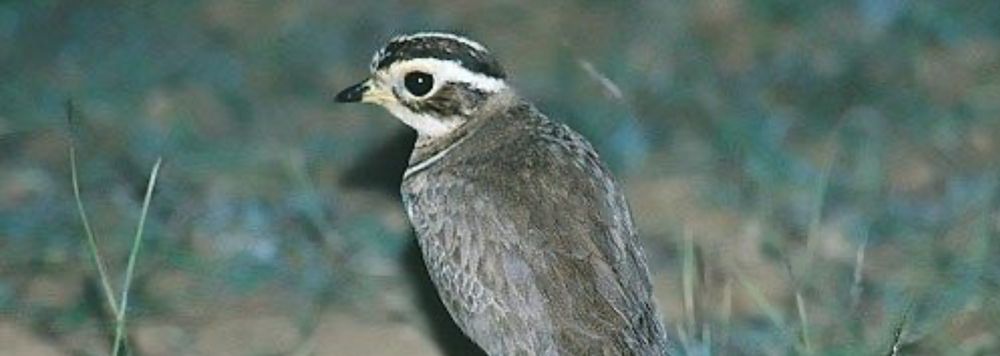
www.nature-themes.ch
By the time scientists determined they were a distinct species, just 1,000 turtles remained.
Their population has since dropped to 300.

By the time scientists determined they were a distinct species, just 1,000 turtles remained.
Their population has since dropped to 300.

An impressive behavior captured on video anyway

An impressive behavior captured on video anyway


That’s resulted in it now being declared a threatened species as its habitat is lost or fragmented.

That’s resulted in it now being declared a threatened species as its habitat is lost or fragmented.



oceancensus.org/press-releas...
@schmidtocean.bsky.social #NewSpecies

oceancensus.org/press-releas...
@schmidtocean.bsky.social #NewSpecies


news.stanford.edu/stories/2025...

news.stanford.edu/stories/2025...


MBARI collaborators @sunygeneseo.bsky.social have described three new deep-sea snailfishes, including one first discovered using MBARI’s remotely operated vehicle Doc Ricketts.
Learn more: www.mbari.org/news/mbaris-...

MBARI collaborators @sunygeneseo.bsky.social have described three new deep-sea snailfishes, including one first discovered using MBARI’s remotely operated vehicle Doc Ricketts.
Learn more: www.mbari.org/news/mbaris-...
After more than 20 years, the Critically Endangered Jerdon's Courser has been documented again by a team of Indian birdwatchers. 🎉
Find out more about the ‘Search for Lost Birds’ here 👉
www.birdlife.org/news/2025/09...

Conservationists caution that this rediscovery does not mean recovery and call for urgent measures to safeguard floral heritage.




They used to be widespread in Kahuzi-Biega National Park and across the Itombwe Mountains all the way down to Kabobo, but now maybe only in Kabobo. 🌍
They used to be widespread in Kahuzi-Biega National Park and across the Itombwe Mountains all the way down to Kabobo, but now maybe only in Kabobo. 🌍




